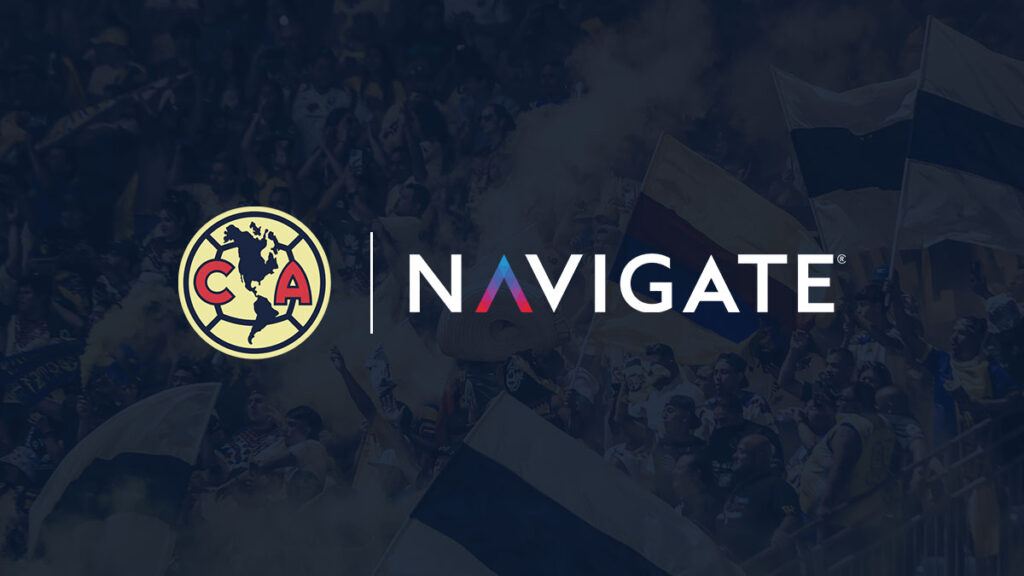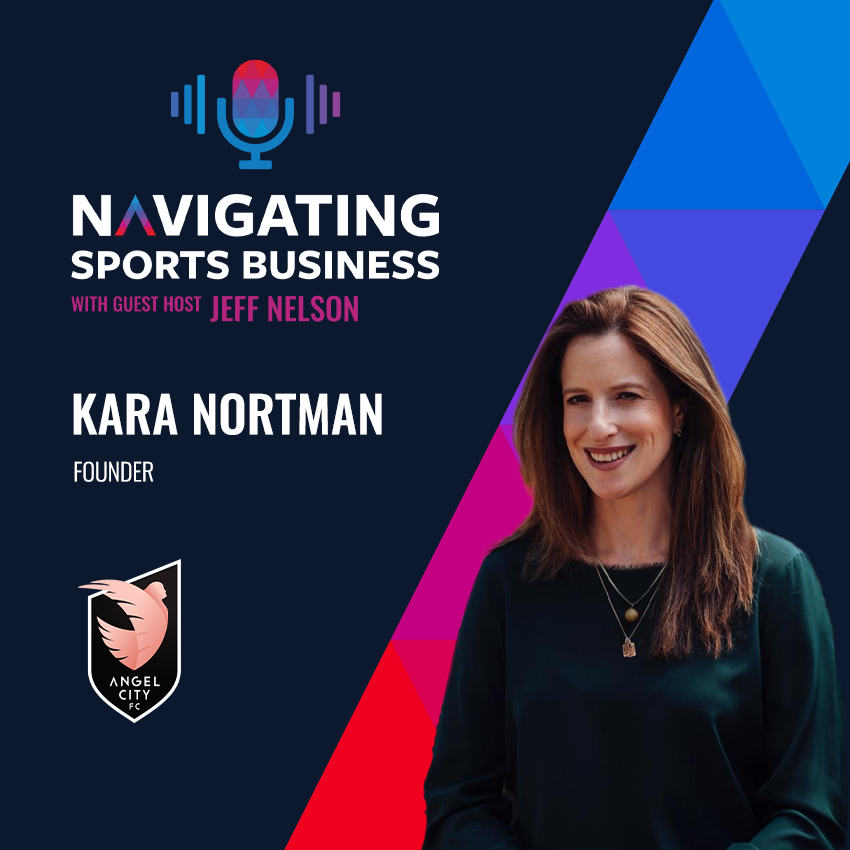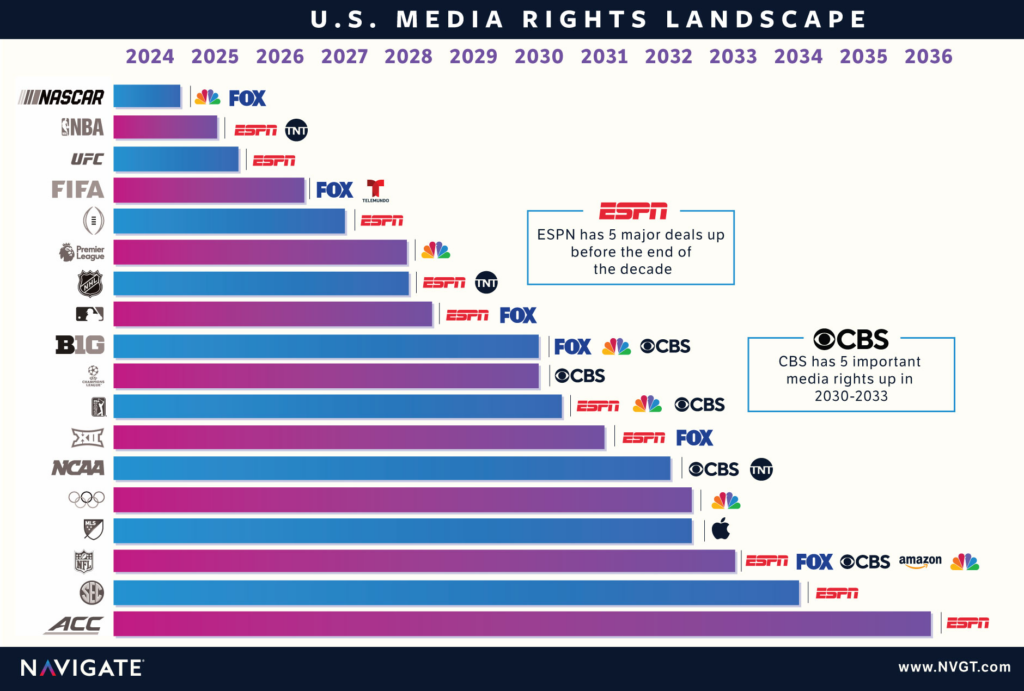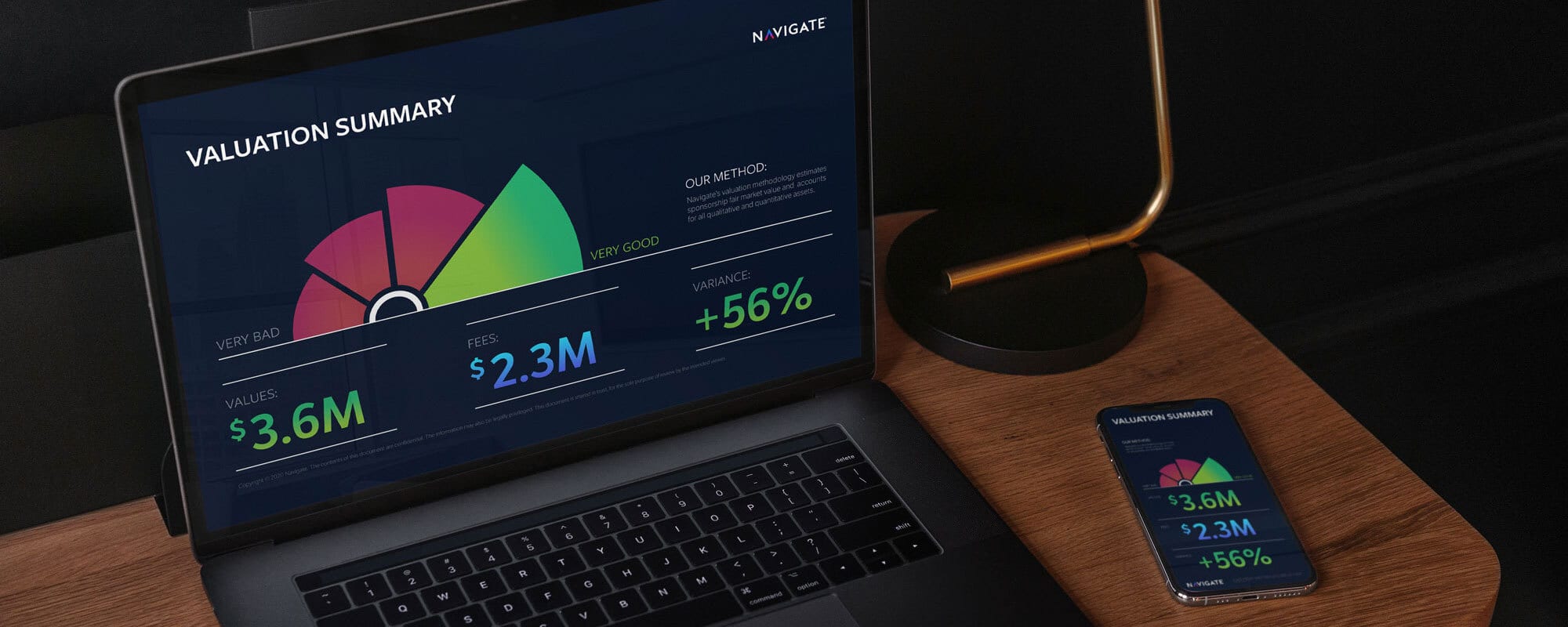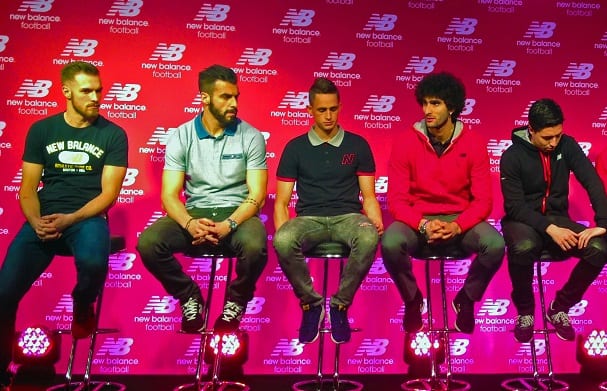
New Balance Dives into Soccer
There’s a (somewhat) new player in the soccer apparel and equipment industry. New Balance, primarily known for its running brand, announced last week at several marquee events around the world that it was entering the soccer space. Considering the foothold Adidas and Nike (and to a lesser extent, Puma) have in the industry, it can be seen as a bold decision by New Balance. However, there are a few key metrics that show there is the potential for success.
As mentioned before, New Balance is not technically “new” to the industry. Their subsidiary, Warrior Sports, has been the kit provider for Liverpool FC since the beginning of the 2012 season. Liverpool is currently the 6th highest selling club jersey in the world, with about 810,000 jerseys sold in 2014. Starting in 2015, New Balance will take over that contract, as well as add several teams to their portfolio. Stoke City, another Premier League club like Liverpool, will be added to the fold, along with Sevilla FC of La Liga in Spain and FC Porto of the Primeira Liga in Portugal. Having a decent position in the Premier League, which is the most watched league in the world reaching approximately 643 million homes and 4.7 billion viewers each season, allows New Balance to gain awareness in a top league. Sevilla and Porto are no slouches themselves, as Sevilla won the Europa League cup last year and Porto regularly appear in the UEFA Champions League.
In addition to taking over team kit contracts, New Balance has acquired several key players to promote their brand, adding to the overall exposure in the soccer world. Aaron Ramsey, Samir Nasri, Vincent Kompany, Maroune Fellaini, and Tim Cahill are just a few of the top players they have on their roster. Some of these players top 2 million twitter followers, so that alone gives New Balance access to plenty of soccer fans. Aaron Ramsey’s current Twitter cover photo features New Balance, and the athletes have played a large role in the opening push to promote the brand. With players from Wales, France, Belgium, Australia, and Spain to name a few, they are also able to penetrate different markets.
One look at New Balance’s recent financials reveals a greater understanding of why they entered this market. According to Forbes, New Balance’s revenues have grown 17 percent annually since 2010, topping out at $3.3 billion last year. A deeper look into that reveals that their international sales alone have increased 25 percent a year over that time period. They have clearly identified that as a good strategy to expand and grow, so choosing the world’s most popular sport makes sense. It is a tough market though, as Adidas had $2.7 billion in revenue from soccer alone last year, and Nike tallied $2.4 billion. If New Balance is able to grab even a tiny piece of that, it will boost their revenue quite a bit. It will also help increase the sales of their running shoes if they are able to grow awareness of their brand in new markets, as they compete with Nike and Adidas in that realm as well.
It will be interesting to see how New Balance fares in soccer, as they have a lot of ground to make up. But if their success in baseball since 2010 is any indicator, where they now have 25 percent of players in MLB wearing their cleats, then it’s safe to assume they will achieve some level of success in soccer as well.

